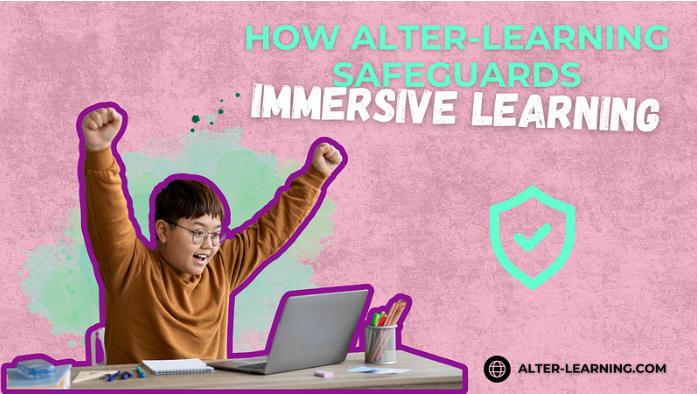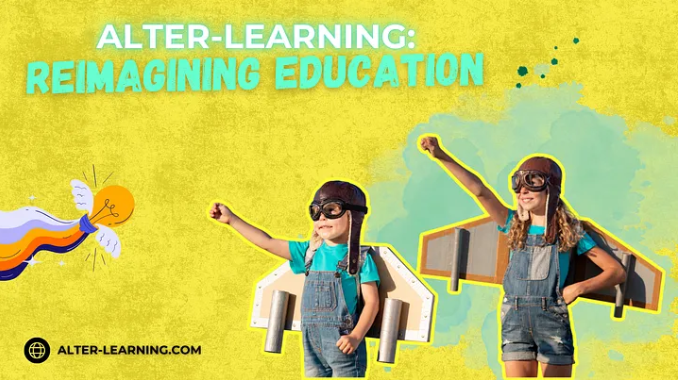In a world filled with constant notifications, screens, and distractions, keeping students engaged is more challenging than ever. For teachers, sustaining focus in the classroom can feel like an uphill battle. Educational games and immersive technology can provide a different pathway—one that blends fun with intentional design to help learners direct their attention where it matters most.
By combining interactive STEAM learning with principles from cognitive science, tools like VR education apps, AR learning experiences, and creative arts education software can be crafted to capture curiosity while strengthening focus. Alter-Learning’s approach demonstrates how thoughtful design can support teachers in guiding students toward deeper learning, even in noisy environments.
The Science of Attention
Attention is not unlimited. Research shows that learners can only process a certain amount of information at once, and distractions easily pull them away. But well-designed learning experiences can:
- Provide clear goals, so students know exactly what they’re working toward,
- Use progressive challenge levels to sustain engagement without overwhelming,
- Include multisensory input—visuals, sounds, interactions—to reinforce focus,
- Deliver immediate feedback to keep learners on track.
Games that balance stimulation with structure can create immersive learning environments where focus naturally follows curiosity.
Design Principles for Focus-Friendly Games
Educational games don’t just entertain—they can guide attention toward critical learning objectives. Developers can weave focus-building strategies into gameplay, such as:
- Chunking tasks into short, achievable steps to maintain momentum,
- Using interactive VR simulations or AR science experiments to anchor abstract ideas in concrete actions,
- Embedding narratives or role-play scenarios that give learners a reason to stay engaged,
- Allowing adaptive pacing, so students can slow down or speed up as needed.
These design choices can encourage learners to remain engaged longer and process content more deeply.
Balancing Engagement and Distraction
The same tools that attract students’ attention can also risk overwhelming them. Bright visuals or complex storylines can sometimes cause distraction instead of focus. That’s why balance matters.
Strategies that can help include:
- Simplifying interfaces to reduce cognitive overload,
- Offering guided pathways that emphasize key learning objectives,
- Providing teacher dashboards where educators can monitor focus trends,
- Allowing pauses and reflection points, giving students moments to consolidate knowledge.
In this way, technology can be designed not to compete for attention but to channel it effectively.
Not every student focuses the same way. Some need movement and interaction, while others benefit from calm repetition. Educational games can help by:
- Offering multiple modes of interaction—from VR math games to digital art creation tools,
- Integrating collaborative play for students who focus better when working with peers,
- Using multisensory cues that support students with attention challenges,
- Embedding progress tracking tools so learners can see their own growth and stay motivated.
By acknowledging different learning styles, games can help more students build focus in ways that feel natural to them.
From Play to Purposeful Focus
Attention and focus don’t develop automatically—they are skills that can be nurtured. With thoughtfully designed educational games, students can learn how to concentrate, manage distractions, and sustain effort over time. These skills go far beyond the classroom, preparing learners for challenges in future careers and everyday life.
Alter-Learning’s commitment to interactive STEAM educational games, VR education apps, and accessible design shows how games can do more than entertain—they can help students learn how to focus in an age where attention is one of our scarcest resources.
Because when games make learning engaging, structured, and purposeful, focus doesn’t just happen—it grows.
Follow Alter-Learning for more insights into immersive education, edtech success stories, and the future of learning. Want to explore how VR/AR could transform your school or learning platform? Let’s connect.




